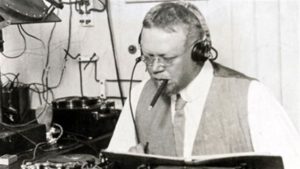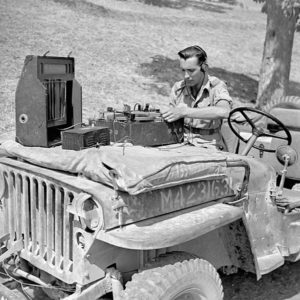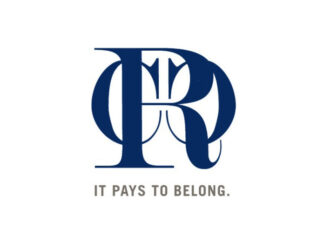While it’s National Radio Day in the U.S., it’s time Canada claimed its rightful place in the history of the medium.
Many of modern radio’s “firsts” are credited to the U.S. – like the first radio news program, broadcast Aug. 31, 1920 by 8MK in Detroit, which continues to thrive as CBS Radio all-news station WWJ. However, it was Canadian engineers who were among those at the forefront of the emerging technology.

While Italian inventor Guglielmo Marconi is credited with sending the first wireless telegraph transmission using morse code in 1895, it was Quebec-born inventor Reginald Fessenden who is believed to have broadcast the first wireless radio transmission using his voice on Christmas Eve 1906. Fessenden sang hymns, including O Holy Night, during the broadcast which aired from Massachusetts to Scotland.
Montreal station XWA, which stood for “experimental wireless apparatus”, is also believed to have been granted the first commercial broadcast licence on Dec. 1, 1919. According to the Radio Canada International archives, the station, owned by the Marconi Wireless Telegraph Company, aired its first scheduled broadcast in May 1920 with its call sign changed to CFCF – “Canada’s first, Canada’s finest” in 1922. Broadcasting with 500 watts, Canada’s first broadcast studio opened that year in The Canada Cement Building in Phillips Square. The station went through several call sign changes, including CIQC and later CINW 940AM, before Corus Entertainment let the AM station go dark in Jan. 2010. CTV Montreal still carries the CFCF call letters.
KDKA Pittsburgh would go on to become the first station in the U.S. to receive a commercial broadcast license in Oct. 1920, going to air Nov. 2, 1920.

Public radio got a later start in Canada with CBC predecessor, the Canadian Radio Broadcasting Commission, airing just two hours of weekly national programming, starting in 1932.
There are now approximately 950 radio stations operating across the country and while Canadian radio is still finding its place amidst the current digital shift in consumer listening habits, I’m frequently reminded by some of the medium’s pioneers that over its century in the mainstream it’s weathered other technological revolutions and persevered.
“We’ve had revolutions constantly since I’ve been in this business,” Elmer Hildebrand, the CEO of Golden West Broadcasting, told me recently during an interview for Broadcast Dialogue – The Podcast. “When FM came into being then AM was going to be dead…when television came…radio is for sure dead. When colour television came, well now this is for sure the last nail for radio’s coffin…when satellite radio came in – that would be the death knell for radio…”
Larry Gifford, Corus National Director of AM Radio, had a similar sentiment last week as CKNW Vancouver celebrated its 75th anniversary.
“Radio isn’t going anywhere. People have been trying to kill it off for 50 years…it’s still here…,” said Gifford who believes personality is the future of the medium.
A move by many Canadian stations to embrace the digital shift by making content available via apps like Radioplayer Canada and iHeartRadio Canada appears to be paying off.
According to Nielsen’s recently released Canada Music 360 report, despite the rise of new digital media platforms, radio – including online radio – remains one of the most popular ways for Canadians to listen to music with 58% of Canadian listeners still tuning in to music-driven radio. Nielsen says online radio is now the go-to listening format among teens and young adults, with 67% of teens and 73% of Millennials listening online in a typical week.
Subscribe Now – Free!
Broadcast Dialogue has been required reading in the Canadian broadcast media for 25 years. When you subscribe, you join a community of connected professionals from media and broadcast related sectors from across the country.
The Weekly Briefing from Broadcast Dialogue is delivered exclusively to subscribers by email every Thursday. It’s your link to critical industry news, timely people moves, and excellent career advancement opportunities.
Let’s get started right now.




